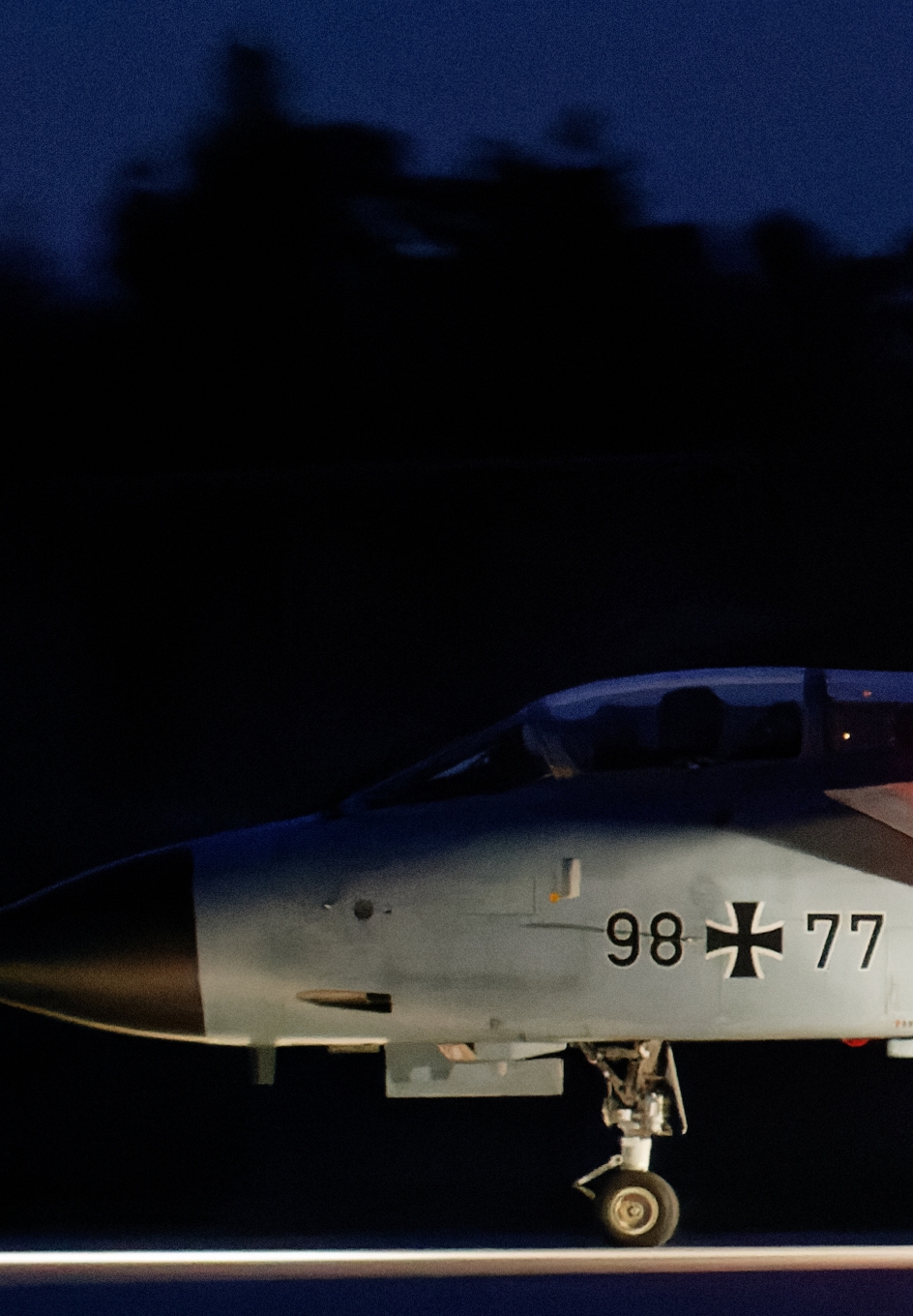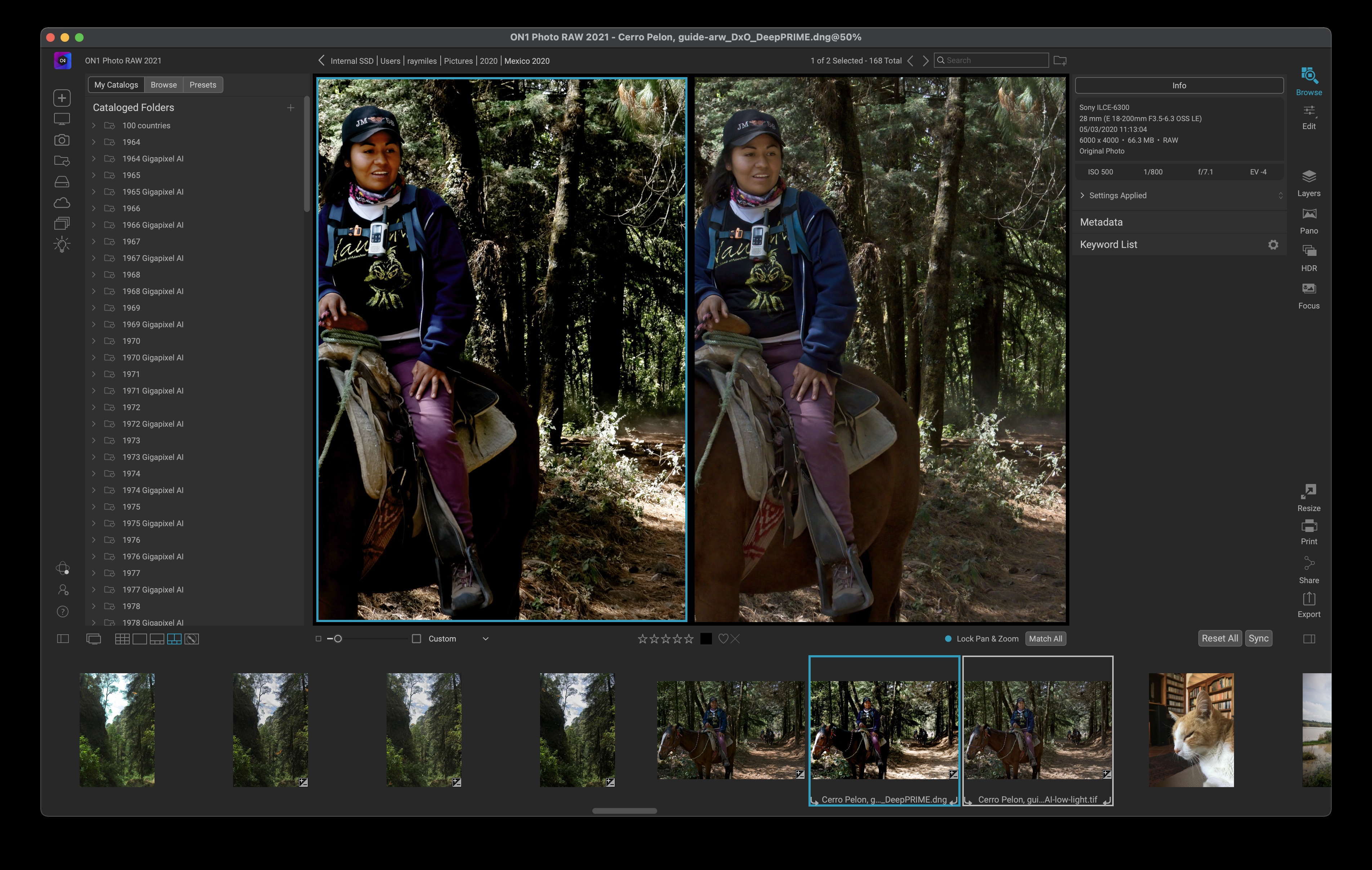

- #DXO PURERAW VS TOPAZ DENOISE HOW TO#
- #DXO PURERAW VS TOPAZ DENOISE UPGRADE#
- #DXO PURERAW VS TOPAZ DENOISE SOFTWARE#
- #DXO PURERAW VS TOPAZ DENOISE TRIAL#
I'm heading out to Fort DeSoto SP on Monday so will have some new images to test out…I think I'll do some of them with both options and see how much if any real difference I see with multiple tests and whether the extra work is worth it.
#DXO PURERAW VS TOPAZ DENOISE UPGRADE#
Still going to try a few more images though the 129 price for DxO3 with no upgrade pricing seems a little steep to me given the lack of controls…but I guess they were going for one click operation vice having to make decisions between modes and masking and the amount sliders. John…yeah…that's about my conclusion as well…but to be honest one really can't go wrong with any of the 3 and I found that the lack of masking or sliders in DxO 3 ended up with images that were a little over sharpened out of the denoise process to me even before any other processing. I've also got FastEditRAW and sometimes use it for pre-culling of the bad images and not import them into LR…but I haven't so far liked it for selecting photos to process and since disk space isn't really an issue importing everything into LR and then just ignoring most of the ones I don't process is a better idea since occasionally I go back and do something with one of the 'good but not great' shots.
#DXO PURERAW VS TOPAZ DENOISE HOW TO#
But figured it was worth a discussion on how to best go about these things.
#DXO PURERAW VS TOPAZ DENOISE TRIAL#
But now that DxO3 is out…I downloaded the trial and if I use the new super duper mode (whatever they call it…can't remember at the moment and too lazy to go look) the output is a bit better than DxO 2 noise wise albeit slower…and also a bit better than the same photo processed in Topaz DeNoise for noise and to me it looks a little over sharpened…I only did noise reduction and sharpening as noted and no other processing.Īt this point…it looks to me that figuring out how to work batch processing in Topaz just might be a better idea since there are no adjustment options therein for either noise or sharpening and just accept the fact that noise reduction will be a little slower in Topaz due to having to check the various noise removal modes and then use sharpening with subject selection as needed. Many of the bugs, such as the user interface, are not because of all the different hardware (Windows, Mac, many different GPUs, CPUs, memory sizes, etc.) they support so can't use that excuse.So…has anybody else done some comparisons between these 3? I've been using DxO2 after importing into LR Classic and selecting images to be processed then DxO2 then normal processing with sharpening via Topaz Sharpen AI if necessary, that was based on workflow as there didn't seem to be much difference in output between the two and the fully auto DxO process was easier than trying to batch process with Topaz DeNoise and select the right mode for each shot.

#DXO PURERAW VS TOPAZ DENOISE SOFTWARE#
The core tech keeps getting better, generally, but there are lots of holes, such as lens corrections, losing lens profiles (m4/3 raw files, etc.) so other software can't use them, and so on.īecause the Topaz software can also work with non-raw files I am happy to have the programs, but I really wish they would get their act together and fix the plethora of bugs and stop introducing new bugs that they should have caught before releasing. They have some good tech, but there are many user interface bugs, inconsistencies, weirdnesses (should be the easy stuff to get right) that either never get fixed or get changed for no apparent reason and often not for the better. I find Topaz to be a rather frustrating company. Yes, I thought he should have said a bit more about it too.

Sure, that's where it has its main advantage. Otherwise, if I want to use it I just send a TIFF. It was a bit better than sending a 16-bit TIFF from Lightroom and there was so little distortion it wasn't noticeable at all that it was not corrected. I have only put a raw directly into Denoise AI because it was very noisy and I wanted to see what it could do. Yes, that's true, but it's not something you should have to even think about with modern software. He skipped very lightly over it and didn't show any examples of the awful results that DeNoise AI produces from some raw images.įor some photos it is less important because of little distortion (telephoto, for example), but for some it is a big deal. That is a bad point and I suspect they are working on that.

He did say that Denoise AI doesn't do lens corrections. That alone would stop me using it on raw files. Yes, though I was surprised that he didn't even mention the lack of lens geometry correction in DeNoise AI.


 0 kommentar(er)
0 kommentar(er)
